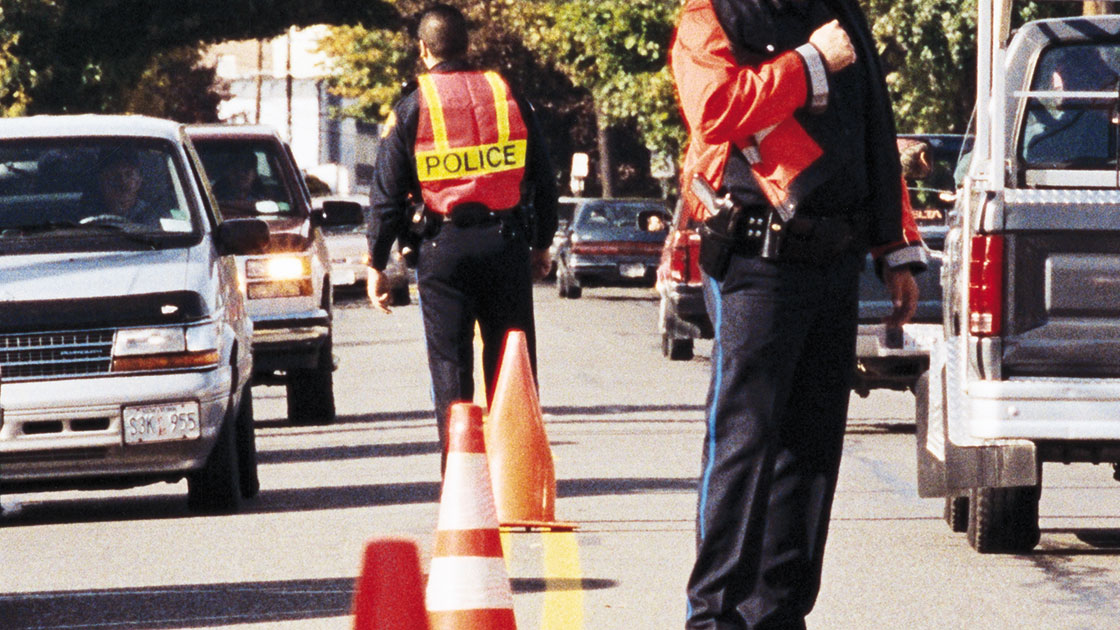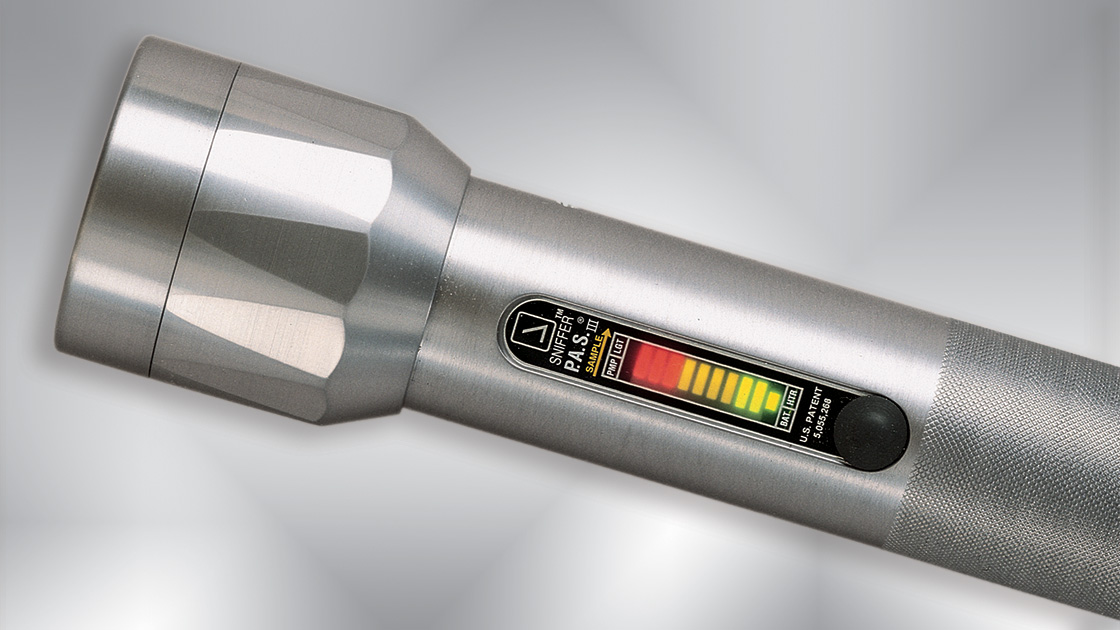DUI checkpoints, passive sensors are underutilized
May 12, 2015

Well-publicized sobriety checkpoints are a proven way to reduce alcohol-impaired driving and crashes, yet results of new IIHS research indicate that many agencies don't conduct them often enough.
Checkpoints, which have been upheld by the U.S. Supreme Court, don't always result in a lot of arrests, but they are a good deterrent if they are visible and publicized. In a checkpoint, officers stop all vehicles or systematically select vehicles to assess drivers for signs of alcohol or other drug impairment. Not all states use them. Ten states (Idaho, Iowa, Michigan, Minnesota, Oregon, Rhode Island, Texas, Washington, Wisconsin and Wyoming) prohibit them by state constitution or law.
Researchers conducted a telephone survey of state highway safety offices in the summer and fall of 2012. In a separate telephone survey, a nationally representative sample of county, municipal and state law enforcement agencies were interviewed about their DUI enforcement activities. The surveys are a follow-up to a similar sobriety checkpoint study done in 2000.
The latest survey of highway safety offices found that law enforcement agencies in 38 states and the District of Columbia conducted sobriety checkpoints in 2011, one more than in the 2000 survey. Based on the survey of enforcement agencies, an estimated 58 percent of all agencies conducted sobriety checkpoints in 2011-12, but most conducted them infrequently. Half of state enforcement agencies reported conducting checkpoints once a month or more, compared with 12 to 14 percent of municipal or county agencies.
Most agencies reported using at least seven officers at checkpoints, and slightly more than a quarter reported using more than 15 officers. In line with the 2000 survey, the most frequent reasons cited for not conducting checkpoints were that they were illegal in the state and that they require too many officers.
IIHS research has shown that small-scale checkpoints with as few as 3-5 officers can be conducted successfully and safely and can be effective in reducing alcohol-impaired driving. The federal government encourages states to do frequent, low-manpower checkpoints.
Among agencies that conducted sobriety checkpoints, 87 percent publicized them, and 56 percent frequently or always announced their locations to raise awareness of enforcement efforts.
"Publicity is important because the real goal of sobriety checkpoints is to deter, not catch, impaired drivers," says Anne McCartt, the Institute's senior vice president for research and a co-author of the study. "People are less likely to drink and drive if they believe they'll encounter a checkpoint. Sustained and well-publicized enforcement is the best way to let potential violators know they won't get away with it."
Alcohol-impaired driving persists as a substantial problem in the U.S. Just over 10,000 people died in crashes involving drivers with illegal blood alcohol concentrations (BACs) in 2013. Since 1994, each year about a third of crash deaths have occurred in crashes involving drivers with BACs of 0.08 percent or higher.
Sensors help detect DUI offenders
Passive alcohol sensors are a proven way to help officers identify alcohol-impaired drivers once stopped (see "Deterring DWI starts with better detection methods," June 30, 2001). Passive sensors unobtrusively identify alcohol in the exhaled breath near a driver's mouth and give officers an objective basis for further evaluation when alcohol is detected. Officers using passive alcohol sensors are able to detect more impaired drivers than when they rely on judgment alone.
Just 20 percent of agencies reported using passive alcohol sensors during 2011-12, and only about 4 percent of these agencies reported using them on a regular basis, the survey found.
"Using passive alcohol sensors in all kinds of DUI enforcement would help improve the apprehension of impaired drivers," McCartt says.

DUI patrols widely used
The survey found a clear preference for dedicated DUI enforcement patrols over sobriety checkpoints. Research examining how DUI patrols stack up against checkpoints in reducing alcohol-related crashes is lacking, as few strong studies have been conducted on the effectiveness of DUI patrols.
Eighty-seven percent of the agencies surveyed reported that they conducted DUI enforcement patrols, such as saturation or roving patrols, to apprehend drivers with illegal BACs. Of the three agency types, state agencies were the most likely to conduct dedicated patrols and the most likely to conduct them at least monthly.
Dedicated DUI patrols were less likely to be publicized than checkpoints (61 percent vs. 87 percent).
"Getting impaired drivers off the roads is important, but so is discouraging drinking drivers from getting behind the wheel in the first place," McCartt explains. "That's where publicity comes in. Agencies could maximize the deterrent effects of dedicated patrols by letting people know about them ahead of time and conducting them more often."
How often sobriety checkpoints are conducted varies by agency type